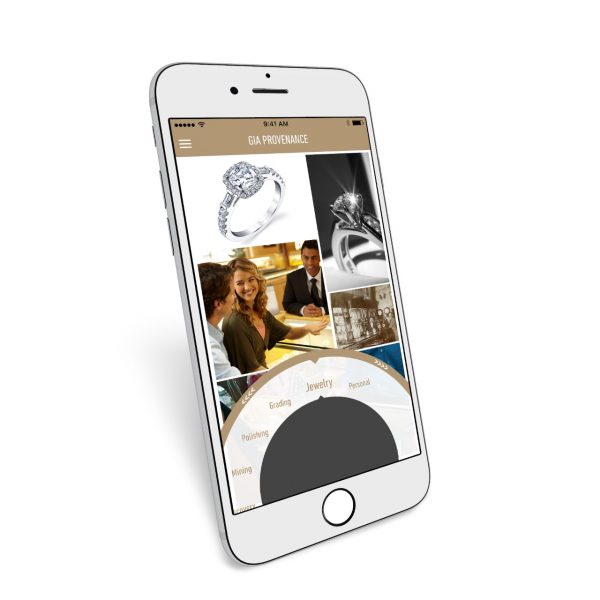
Gemological Institute of America is unveiling a new service that tracks the origin of select polished diamonds—and provides the retailer with a new way to tell a stone’s story.
Matt Crimmin, GIA vice president of laboratory operations, admits that the Mine to Market (M2M) program does not represent a complete solution to determining a diamond’s provenance.
“If you just gave me any polished diamond, I can’t tell you what mine it came from,” he says.
But the program, two years in development, does represent a seeming step up from present-day methods of diamond tracking, as well as a potentially powerful new tool for selling gems.
It works like this: Participating manufacturers send GIA rough diamonds in sealed bags accompanied by mining company documentation. The lab then collects data from each rough stone—its morphology, spectroscopy, and crystal growth structure—and issues a serial number. The manufacturer then gets the rough back.
Once the rough is cut, the resulting polished diamond(s) can be resubmitted to the GIA for grading, along with the serial number. The GIA will then examine each stone to see if the characteristics captured from the polished match those of the rough.
Through this method, GIA is confident it can make definitive verdicts on a stone’s origin—though with about 10 percent of the stones “the results will be ambiguous,” Crimmin says, and GIA will not make a definitive determination.
Key to the program is a consumer-oriented app, currently available for download (iOS and Android), that will tell “the mine to market story,” as Crimmin puts it. The app provides a buyer with information about their stone’s origin, how it was cut, and the retailer that sold it to them. Some of that info will come from GIA, some from the manufacturer, and some from the retailer (although it will all be double-checked by a GIA editor).
So for the sample stone GIA provided, here is the app’s homepage:
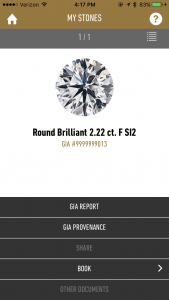
Here, under the “provenance” tab, is info on its issuing mine (Diavik):
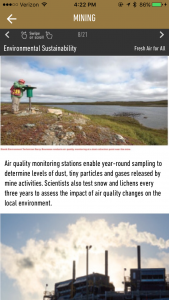
Here, under the same tab, is info on the cutting process:
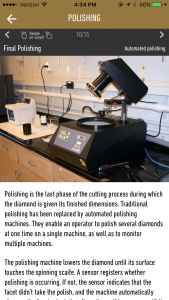
And here is its GIA report:
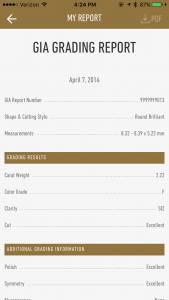
Consumers can also personalize the app with photos and video.
Submitting the rough to the GIA is free (for now), though retailers will have to pay to unlock the app’s full features. If consumers really like the app’s info, they can custom order a book for an additional charge.
Crimmin will give a seminar on the M2M program at JCK Las Vegas, on Sunday, June 4, from 1 p.m. to 1:45 p.m.
(Images courtesy of GIA)
- Subscribe to the JCK News Daily
- Subscribe to the JCK Special Report
- Follow JCK on Instagram: @jckmagazine
- Follow JCK on X: @jckmagazine
- Follow JCK on Facebook: @jckmagazine